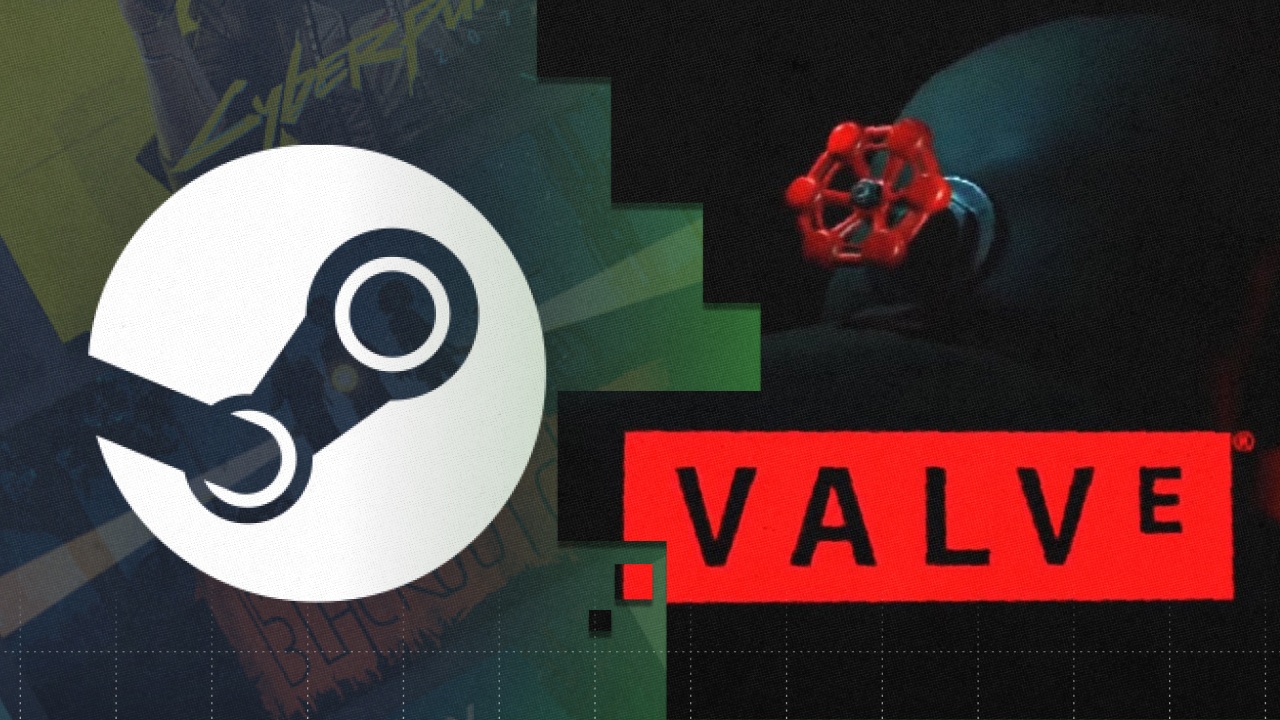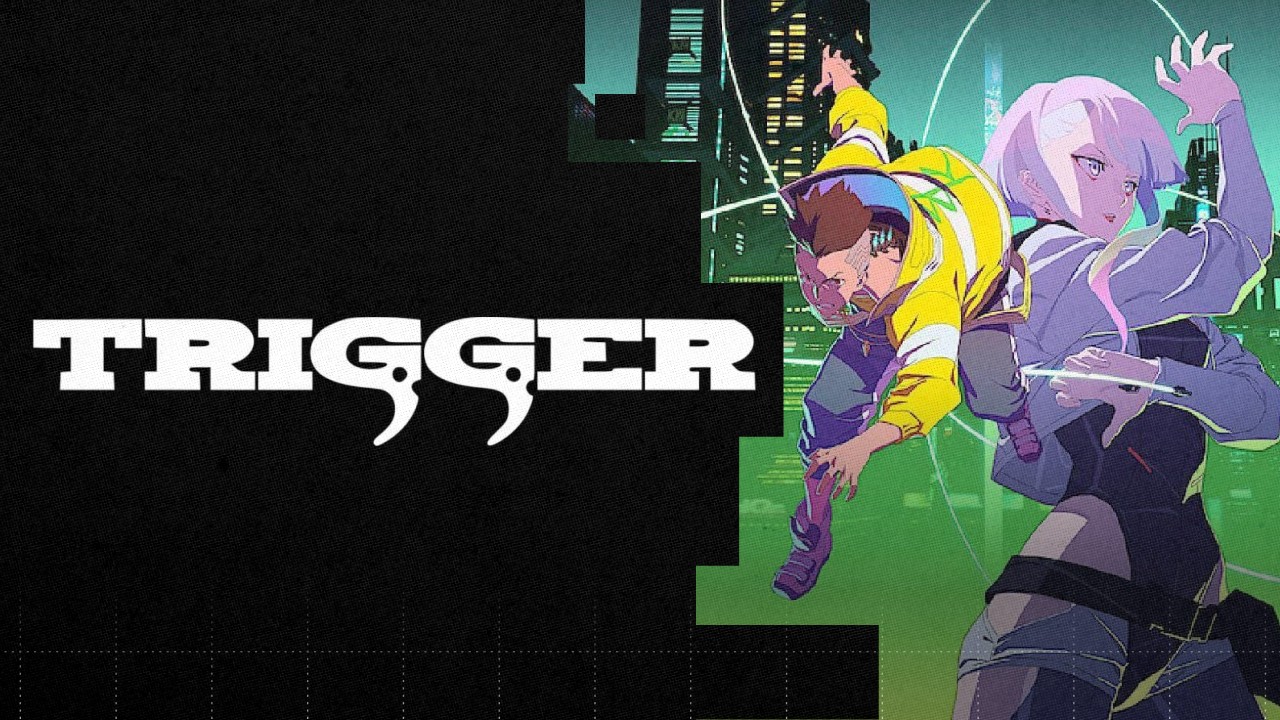Valve, the company behind Steam, has stepped forward to clear the air after reports of a so-called Steam data breach sent a wave of panic through the gaming community.
It turns out — the situation isn’t as scary as it first seemed. Let’s break down what really happened, what was claimed, and how Valve (the company that released a new Dota 2 map) debunked it all.
The Rumors That Sparked the Chaos
News of a potential Steam data breach started circulating after a post from Underdark AI popped up online. The post claimed that a hacker, going by the name “Machine1337,” was selling personal data from around 89 million Steam users. The asking price? A wallet-emptying amount of $5,000 on the dark web.
The data allegedly included users’ phone numbers and two-factor authentication codes called OTPs (One-Time Passwords). Naturally, this caused alarm among Steam users, with many worrying about their accounts being compromised.
But here’s the thing — once experts began digging into the leak, the story started to fall apart. Security researchers at BleepingComputer examined the leaked material and found that it was mostly a bunch of old SMS messages.
These messages included one-time codes that are used to log into accounts, but they were already expired and couldn’t be used again.
Even more important? There was no way to connect those phone numbers to actual Steam accounts.
No usernames, passwords, financial info, nothing. Just random expired codes with phone numbers. Not ideal, but definitely not a catastrophic breach.
Valve’s Official Statement on Steam Security
Not long after the rumor mill got going, Valve issued a clear and confident response: Steam’s systems were never hacked. Valve has made a statement claiming that the so-called Steam data breach was nothing more than fake news.
The leaked data was not connected to Steam directly and came from outdated SMS messages that had nothing to do with a vulnerability on Steam’s end. They reassured users that no account credentials, passwords, or payment details had been exposed.
One rumor linked the leak to a company called Twilio, which some thought was handling Steam’s text messaging services. However, Valve quickly clarified that Twilio isn’t even a company they employ for their services.
Twilio also echoed Steam’s clarification, saying that concrete evidence to back up the claims that their systems experienced a breach is zero.
What Experts Had to Say About the Allegations
Cybersecurity experts who looked into the leaked data agreed with Valve. Their findings pointed to a very low-risk situation — especially since the one-time codes had all expired long ago. Without passwords, account names, or personal identifiers, the leaked information doesn’t pose much of a threat to users.
That said, there’s always a slight concern that someone could use the leaked phone numbers for phishing attempts. For example, someone might try to send fake messages pretending to be from Steam. But that kind of scam isn’t new, and it’s not specific to this incident.
Keeping Your Steam Account Safe
Even though Valve has put the Steam data breach rumors to rest, it’s still a good idea to brush up on your own security habits. Here are some steps you can take to improve the security and safety of your Steam account:
- Turn on Steam Guard Mobile Authenticator. If you’re looking for the easiest and most convenient way to add an extra layer to your Steam account, then the Steam Guard Mobile Authenticator app is what you need. Just install the app and let approve your login or generate an authentication code for verification purposes.
- Use strong, unique passwords. Avoid using the same passwords across the different websites you log in to.
- Be on the lookout for phishing messages. Tame that itchy clicker finger of yours and avoid clicking on sketchy links or give a reply to text messages from unknown individuals.
- Check your login history regularly. Act quickly if you notice that your Steam has been logged in (or is trying to log in) from a device or location you’re unfamiliar with.
Taking these small steps can make a big difference — even when the threat is just a rumor. And in the end, they’ll help protect your Steam account so that you can get into some new games from sale event, like the Steam Spring Sale Games.
The Takeaway: No, There Was No Steam Data Breach
At the end of the day, this whole Steam data breach scare turned out to be nothing more than a misunderstanding. Valve’s systems are secure, and there’s no evidence that any Steam user information was accessed or stolen.
Sure, seeing headlines about millions of accounts being “compromised” is scary — but the facts don’t back up the fear. The leaked data wasn’t dangerous, the codes were expired, and Valve had no breach to begin with.
So while it’s always smart to stay alert, there’s no need to panic this time. Keep your account protected, stay informed, and enjoy your games knowing your Steam library is safe.
Be sure to read our other news articles to keep up with what’s hot and what’s not in the gaming world, like our coverage of the Grand Theft Auto 6 Trailer 2 release. Stay tuned and catch the gaming current with GameEels!








